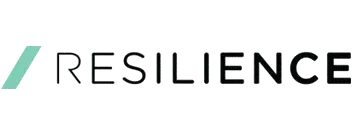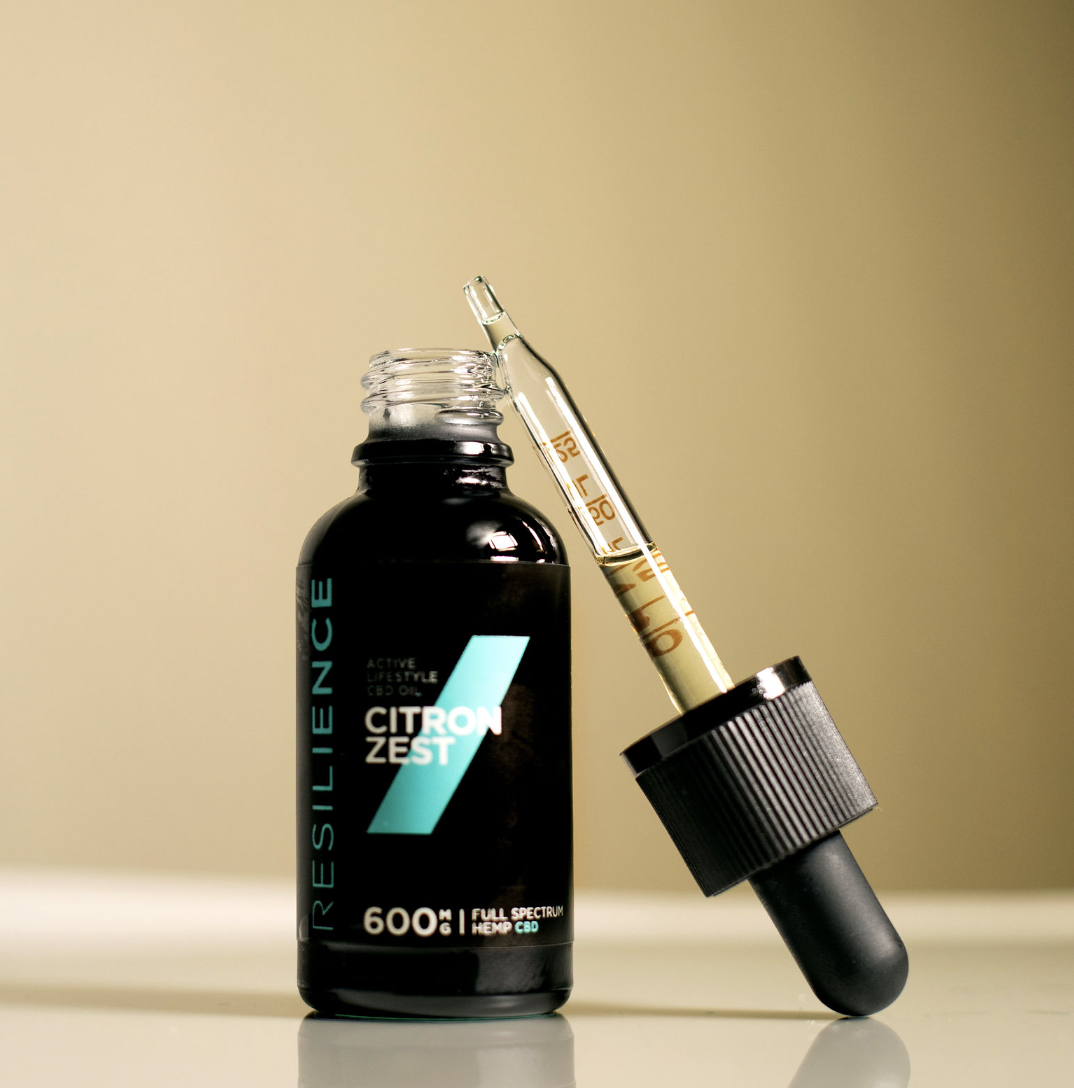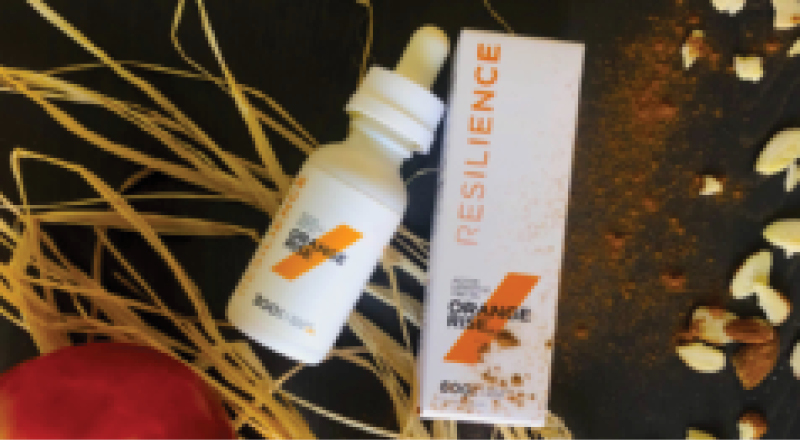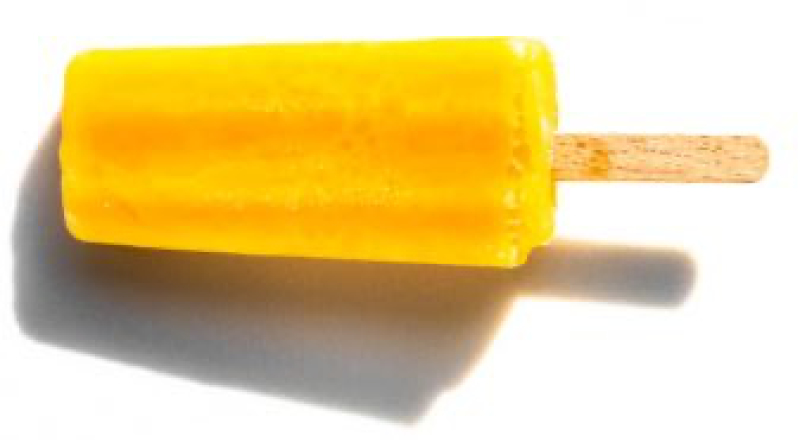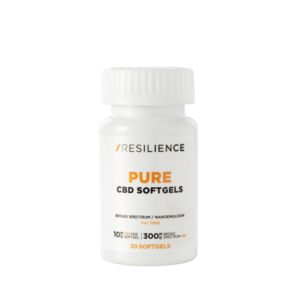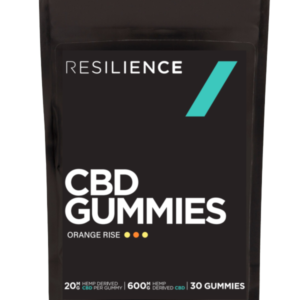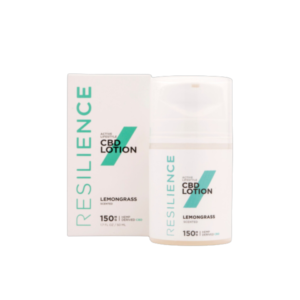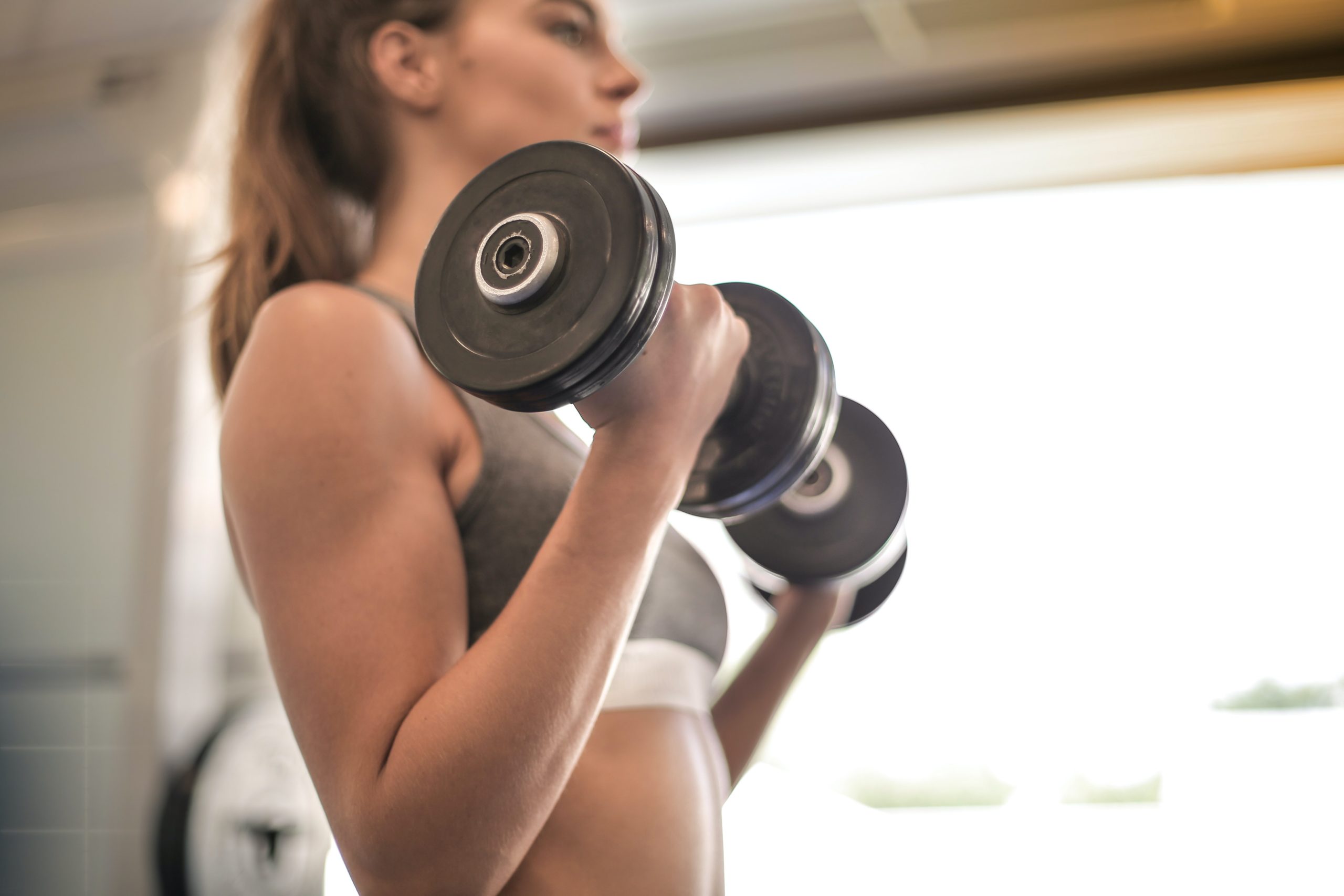
Waking up sore is the sign of a workout or training session done right. The good type of soreness means that you pushed your limits in a healthy, stable, and effective manner. Now, the tell-tale discomfort is your body’s response that it’s currently in the process of natural recovery.
But sore muscles aren’t an excuse for taking the day off. Not when there’s training to be done.
With that said, true progress and gains are impossible without proper recovery. And while there are multiple post-workout therapies worth considering, they’re all amplified by adding CBD to your daily routine.
Today, we’ll review the root causes of sore muscles and propose how CBD for exercise can be the ultimate solution.
Key Takeaways:
- Soreness is your body’s natural way of healing and signaling that it’s been worked hard.
- Your recovery process is every bit as important as your actual workout. Therefore, you must devote the same time, effort, energy, and research to your post-workout efforts.
- Taking CBD and using CBD topicals is the ideal way to supercharge your recovery.
What Causes Sore Muscles?
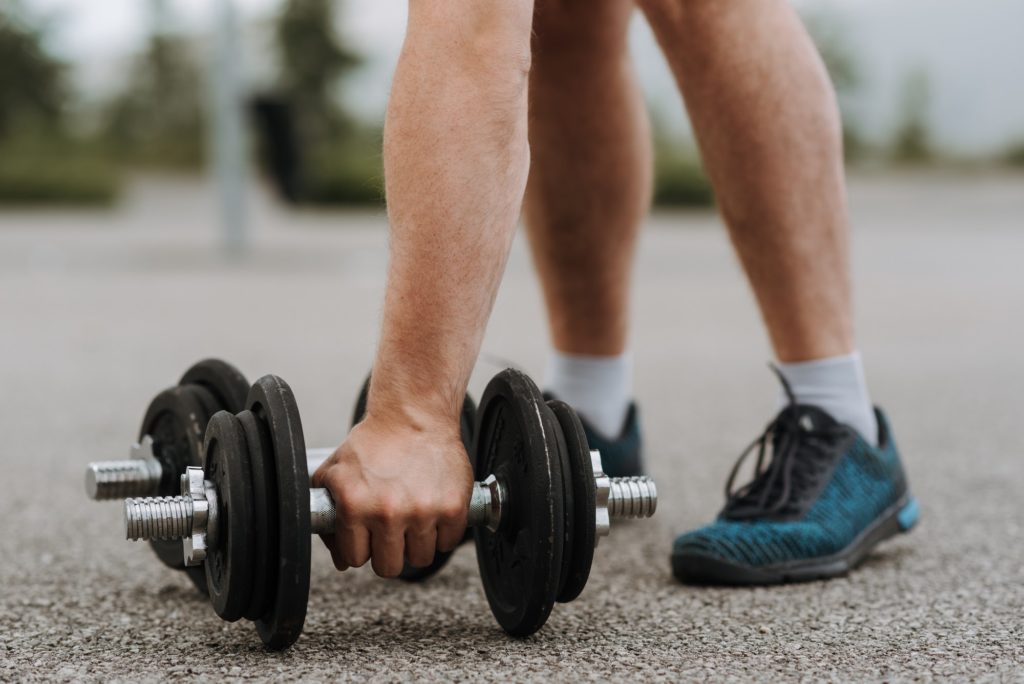
Soreness can result from starting a new routine, changing your current one, or increasing its length and intensity. The level of soreness depends on your fitness level—i.e., how often your body undergoes such rigors—the duration of the workout, and the exertion required to complete it.
Typically, it manifests 24 to 48 hours after exercising.
For people who are unused to physical activity, soreness can be a hindrance that keeps them from sticking to a daily workout routine. But for athletes, it’s merely another hurdle to address and overcome. So, if you’re just getting started, don’t let aches and soreness cancel your workout. Just know that the more frequently you exercise, the less sore you’ll get as your body adapts to the new physical demands and gains increased strength and endurance.
Although everybody is different, there are two primary sources of exercise-induced soreness:
DOMS
Delayed Onset Muscles Soreness (DOMS) typically first develops within the initial 12 to 24 hours after exercising. With DOMS, soreness levels tend to peak at approximately 24 to 72 hours after the exercise. Activities that are known to cause DOMS include:
- Jogging
- Hiking
- Jumping
- Step aerobics
- Strength training
But what is it about these activities that can cause DOMS? According to ACSM: “While origins of the soreness and accompanying symptoms are complex, it is well-established that many types of physical activity can cause delayed soreness. Most believe soreness develops as a result of microscopic damage to muscle fibers involved in the exercise. This type of damage likely results from novel stresses that were experienced during the exercise.”
These activities cause muscles to extend while force is applied, meaning the muscles are performing eccentric activities. For example, think of a bicep curl as you slowly lower the weight to your sides. In response, the soreness will be concentrated in the muscle and tendon junction and then spread throughout the muscles. Fortunately, the more frequently you exercise, the less your body will experience DOMS, especially if you use CBD to fuel your recovery.
Note: It’s important to note that DOMS isn’t the same thing as acute soreness—or discomfort that develops during an actual activity—which is a sign that you should stop what you’re doing immediately or else risk injury.
Exercise-Induced Inflammation
Exercise-induced inflammation is your body’s natural way of protecting itself from an injury or an intense physical activity. It’s how the immune system responds to a high-intensity exercise. Unfortunately, inflammation is one of the leading causes of sore muscles.
It causes unpleasant symptoms like:
- Swelling
- Redness
- Soreness
- Aches
According to a 2020 study on exercise-induced immune system responses: “Inflammation is a biological response of the immune system that prevents, limits, and repairs damage by invading pathogens or endogenous biomolecules. Although acute inflammation is a transient inflammatory response and is beneficial to the organism, a persistent inflammatory response is associated with tissue dysfunction and pathology.”
This immune system response to tissue damage serves to extract cellular debris from the damaged site and start repairing the micro-tears. The process occurs in three phases:
- Blood accumulates around the damaged site, causing the symptoms we associate with inflammation.
- Neutrophils (white blood cells) move to the area and absorb the damaged cell debris.
- Macrophages (another type of white blood cell) gather at the site, beginning tissue regeneration.
An exercise-induced inflammatory response is a healthy, albeit sometimes uncomfortable experience. But this is yet another area where CBD supplements can supercharge muscle recovery.
CBD for Sore Muscles
Cannabidiol (CBD) is one of the most prominent cannabinoids found within the cannabis plant. Although research is still underway, all signs point to the fact that CBD can positively interact with the endocannabinoid system (ECS), which is responsible for regulating a range of bodily functions including:
- Pain
- Sleep
- Mood
- Memory
- Appetite
- Muscle formation
- Bone growth
Because of the growing body of evidence about the benefits and uses of hemp-based CBD for athletes, all products made from industrial hemp—meaning, those that contain no more than .3% THC—were made legal in 2018.
For athletes, there are two primary ways that you can use CBD supplements to help you fully recover from sore muscles:
- Orally via chewables or oils
- Topically via balms, lotions, or bath bombs
Oral CBD Application
Taking CBD Oil for sore muscles pre- or post-workout is one of the very best methods of fortifying your body. Whether you decided to benefit from the uses of CBD cream or simply eat a chewable gummy, adding either to your workout prep or recovery is an easy way you can support your natural cannabinoid production while promoting health, wellness, and vitality.
Taking CBD for sore muscles supports both internal and external full-body recovery. CBD can provide soothing relief to muscles and joints while reducing post-exercise inflammation. Over time, the increase in cannabinoid receptors can help alleviate discomfort caused by DOMs.
In addition to directly addressing the source of soreness, taking CBD can also provide side-benefits that help fuel overall recovery, such as:
- Promoting a restful sleep
- Reducing stress
- Providing energy and focus
CBD won’t completely eliminate soreness. It will, however, make it more manageable. And by making it a part of your daily workout routine, you can reduce the frequency and intensity of exercise-induced aches and inflammation.
Topical CBD Application
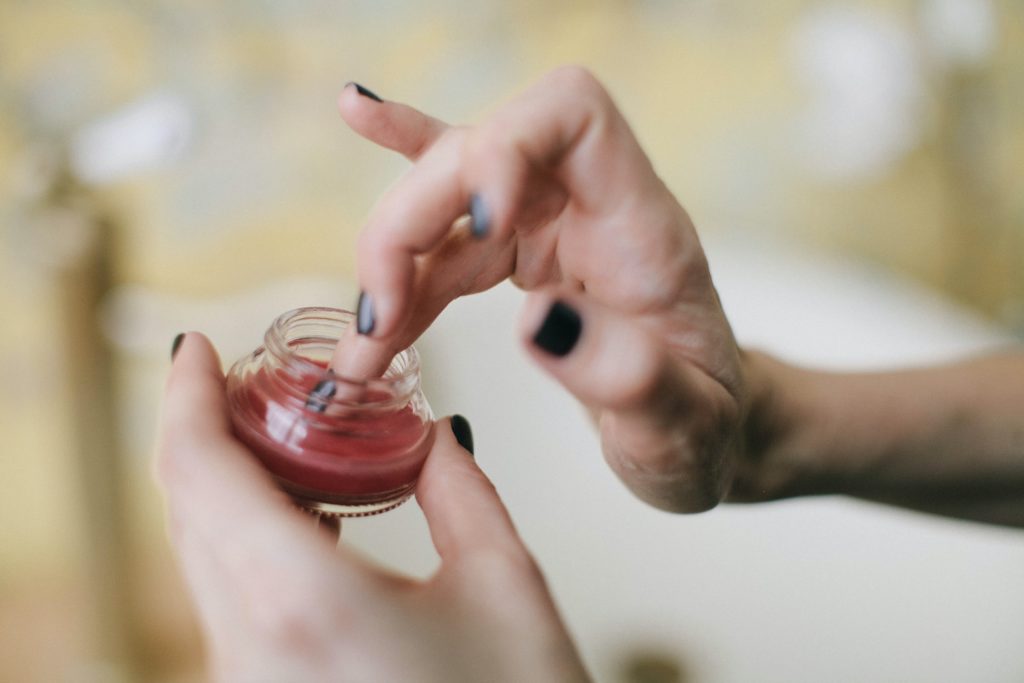
CBD balms and rubs make it possible to immediately and directly target sore muscles. The power of premium, nano-emulsified hemp CBD is enhanced when combined with a potent blend of natural ingredients like eucalyptus, rosemary, menthol, and arnica. By applying therapeutic creams and lotions to the source of your discomfort right after a workout, you can supercharge recovery.
To enjoy its benefits, simply massage CBD topicals into sore muscles and joints to feel a heating and cooling sensation in the problematic areas. These carefully formulated CBD topicals can help provide relief from exercise-induced inflammation and joint stiffness.
But this isn’t a one-time fix.
Like your workouts, it must become a habitual part of your daily recovery routine. For best results, apply CBD to the sore spots twice a day—once in the morning when you wake up and once immediately after you workout.
Other Recovery Methods
To get the most out of your CBD, it’s also important to pair it with other recovery techniques, including:
- Hydration – Water is foundational to your health. When you’re dehydrated, your muscles and joints react. Typically, in an unpleasant fashion. According to Bone Joint: “Proper hydration helps your body eliminate the wastes and toxins that cause gout and other painful conditions. It also helps the body lubricate your joints, which reduces joint pain and inflammation.”
- Stretching – Stretching before and after a workout may not alleviate DOMS, but it will help loosen up our muscles and can prevent a more serious injury from occurring.
- Ice – Cold treatment helps combat muscle inflammation by slowing blood flow. Whether it’s an ice pack or an ice bath, applying ice can help reduce muscle swelling.
- Heat – Heat treatment helps promote blood flow and muscle relaxation. A heat pad is especially useful for a sore back.
- Rest – Both sleep and time off can help prevent soreness and injury. It’s important that rest days are incorporated into workout routines so that your body has a chance to heal itself.
Resilience CBD—Helping You Fully Recover from Sore Muscles
Getting sore from a workout is a good sign. But you can’t allow it to put your exercise routine on hold, particularly if you’re building toward a fitness goal. Fortunately, by incorporating CBD into your daily regimen, you can mitigate muscle soreness and supercharge your recovery.
But with so many CBD products on the market, how do you find one you can trust?
That’s where we come in. As a CBD company with products geared specifically for active people, our goal is to harness the power of full-spectrum CBD in combination with natural, high-quality ingredients. The end result is a premium, third-party tested CBD product that’s built by athletes for athletes.
Want to learn more about how CBD products can enhance your active lifestyle? Then you’re in the right place.
 Written by: Michael Tatz | Linkedin
Written by: Michael Tatz | Linkedin
Michael Tatz is the Co-Founder of Resilience CBD, and a passionate leader in the health & fitness world helping others rise to and crush their wildest goals. A former Division 1 college wrestler, Army Officer, and investment manager at Goldman Sachs, he has pushed his body and mind to the limits on the mats, dressed in camo, and in the boardroom.
Today, he spends his time leading Resilience CBD to develop the absolute best recovery products for athletes everywhere. Resilience was founded after CBD personally impacted Michael’s life, and the brand was built to partner with everyday athletes in pursuit of conquering their most difficult challenges, rebounding after their toughest performances, and rising to their goals that once seemed impossible.
Sources:
ACSM. Delayed Onset Muscles Soreness (DOMS). https://www.acsm.org/docs/default-source/files-for-resource-library/delayed-onset-muscle-soreness-(doms).pdf?sfvrsn=8f430e18_2
NCBI. Exercise-induced immune system response: Anti-inflammatory status on peripheral and central organs. https://www.ncbi.nlm.nih.gov/pmc/articles/PMC7188661/
The National Law Review. Will Hemp-Derived CBD Be Fully Legal with Passage of the 2018 Farm Bill? Not Quite… https://www.natlawreview.com/article/will-hemp-derived-cbd-be-fully-legal-passage-2018-farm-bill-not-quite
Bone & Joint. Hydrate for better performance and less joint pain. https://www.bonejoint.net/blog/hydrate-for-better-performance-and-less-joint-pain/
